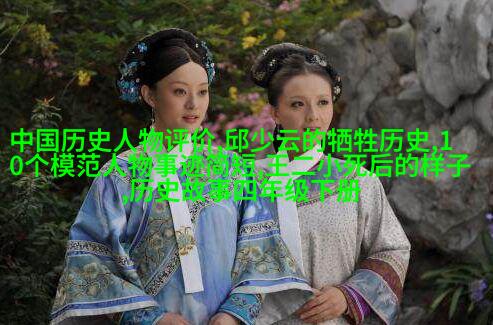Unveiling the Past: A Comprehensive Guide to Translating Ming Dynasty History into English

The Ming dynasty, which lasted from 1368 to 1644, is a significant period in Chinese history. Its rich culture, politics, and technological advancements have fascinated scholars and historians worldwide. When it comes to translating Ming dynasty history into English, several factors must be considered.
Understanding the Context

Understanding the context of the Ming dynasty is crucial for accurate translation. The era was marked by major events such as the fall of the Mongol-led Yuan dynasty and the rise of Confucianism as a dominant philosophy. Translators must grasp these historical nuances to convey their meaning accurately.
Cultural Sensitivity

Cultural sensitivity is vital when translating historical texts from different languages and cultures. For instance, Chinese characters often carry multiple meanings that may not be easily conveyed in English translations without proper cultural understanding.
Historical Accuracy

Historical accuracy is essential when translating Ming dynasty history into English. Scholars must ensure that they use reliable sources and avoid spreading misinformation or perpetuating stereotypes about this period in time.
Language Style

The language style used during the Ming dynasty was characterized by formal writing styles like classical Chinese poetry and prose literature translated into vernacular Mandarin Chinese spoken during that era.
5.Figurative Language
Figurative language plays an important role in conveying complex ideas succinctly while maintaining literary beauty within narratives or documents related to historical events occurring during this time frame with specific attention paid towards preserving linguistic integrity across both languages involved.
6.Translation Techniques
Translation techniques employed should cater specifically towards ensuring readability for non-Chinese speakers who wish to understand various aspects of life during this period including art forms social structures political ideologies scientific discoveries military conquests trade practices religious beliefs etcetera while also being mindful of potential misinterpretations arising due differences between source target languages' grammatical structures idiomatic expressions connotations etcetera
